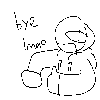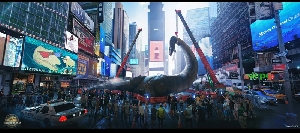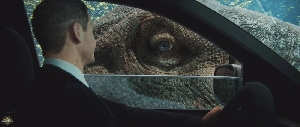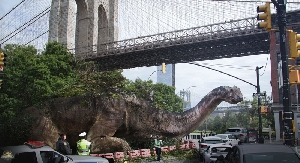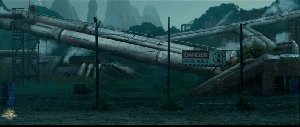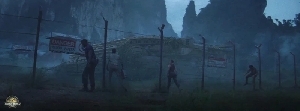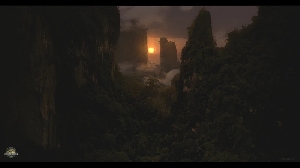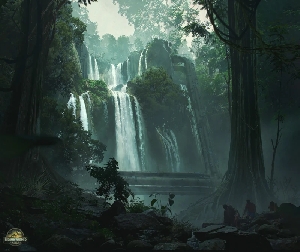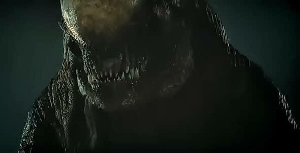Primate Evolution: the long road to mankind
Dinosaurs Forum Topic
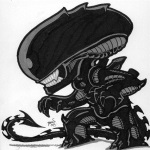
Xenotaris
MemberAllosaurusApr 8, 20209712 Views11 RepliesOkay I am starting another spinoff to my evolution series this time dealing with humans. I know this will be a controversial topic but after reading "How Kubrick got one thing about human evolution wrong in his masterpiece, 2001: A Space Odyssey" I just want to set record straight.
Our journey begins 65 million years ago, just right after the extinction of the dinosaurs a group of therian mammals diverged into two distinct clades Metatheria, who gave birth to underdeveloped fetuses and have to climb blindly into its mother's pouch (Marsupials) and Eutheria, who's fetuses are further develops inside its mother's womb until birth (Placentals).
Since this point on, marsupials were no longer part of our evolutionary development as they continue to diverse in isolated parts of the world (Australia and South America). While Placental Mammals spread across the remaining continents. Two groups arose from these tiny shrew-like creatures: the Boreoeutherians and the Atlantogenata.
The Atlantogenata are not part of our evolution since they would eventually evolve into many shrew-like animals, aardvarks, armadillos, sloths, manatees, dugongs, and the mighty elephants. Which will be a topic for another time.
While Boreoeutherians would further diverse over the coming ages. Two emerging clades further defines the boreoeutherians, the laurasiatherians and the euarchontoglires.
The Laurasiatherians are also not part of our evolutionary path from this point on as they eventually evolve into a plethora of different mammal groups which deserves to have its own topic.
Which leaves us the Euarchontoglires, which unlike previous clades began to resemble something akin to a rodent rather than a shrew. Two glades arose from this clade: The first are the Glires which would continue on to evolve into rodents and lagomorphs (rabbits). The second are the Euarchonta, which will continue exploring its evolution.
Euarchonta, early members of this clade would resemble the tree-shrew before further diversifying into Scandentia (Treeshrews) and Primatomorpha.
Early Primatomorphs would still resemble their treeshrew relatives except with long limbs. They would eventually give rise to two clades: Dermoptera (Flying Lemurs) and Plesiadapiformes (an extinct order from where the modern Primate order evolves from).
Now we have reached the order of Primates, which are dived into two clades known as Strepsirrhini (Lemurs, Lorises, and their relatives) and Haplorhini.
Haplorhini further diversifies into the Tarsiiformes (Tarsiers and their relatives) which along the previous primate groups are considered prosimians. While the second clade Simiformes are excluded from this monophyletic group.
Simiformes continue to diversify into two distinct clades: Platyrrhini (New World Monkeys) and Catarrhini.
The Catarrhini clade splits into two distinct groups, the Cercopithecoidea (Old World Monkeys) which it along with Platyrrhini are considered Monkeys while the second Catarrhini clade Hominoidae is excluded from this group.
Members of Hominoidae are generally refereed as apes, the clade Hylobatidae (Gibbons, Saimangs, Nomascus, and hoolochs) which are generally refereed to as lesser apes. While the clade Hominidae are refereed as the great apes.
Hominidae's members are the Ponginae (orangutans and their extinct relatives), and the Homininae.
Homininae contains three tribes: Gorillini (Gorillas and their extinct relatives), Dryopithecini (Drypopithicus maybe the ancestors to all members of Homininae), and hominini (Humans, Chimps, Bonobos, and their extinct relatives)
Replies to Primate Evolution: the long road to mankind
Hey Guest, want to add your say?
Are you an avid Jurassic World fan looking for a dedicated online community of likeminded fans? Look no further! Create your own profile today and take part in our forums and gain XP points for all the content you post!


